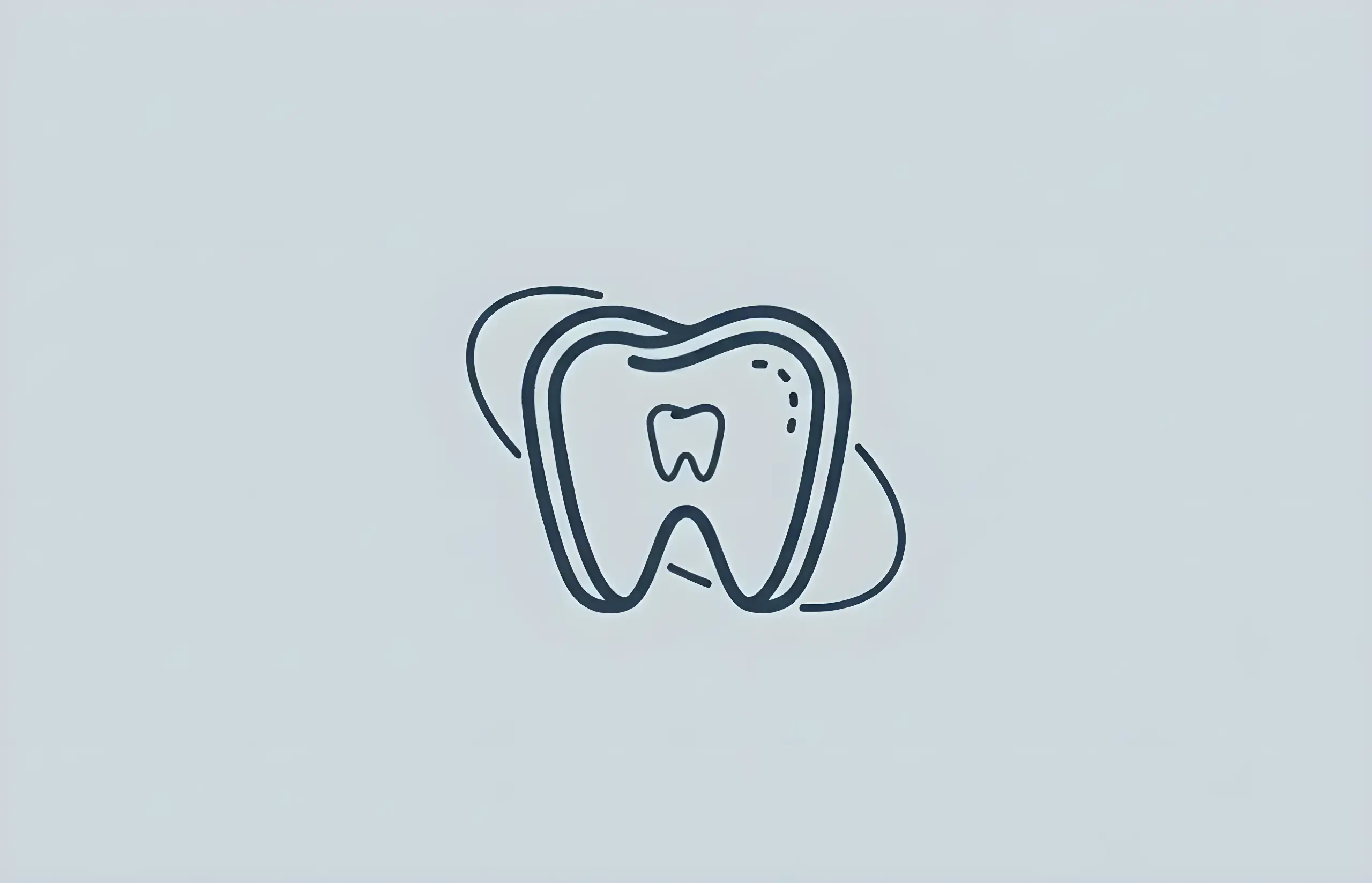If you're missing a tooth or many teeth because of decay, injury, or removal and are on the lookout for a temporary fix until you find a better solution, there are many ways to fill the gap. A good option is to use a removable acrylic retainer with a fake tooth painted on it or with a flipper tooth.
A flipper tooth is essentially a temporary removable acrylic retainer, which either sits on the lower jaw or along the palate (the roof of the mouth), having one prosthetic tooth or many teeth attached to it.
Alternatively, you can get a removable retainer made of transparent plastic that covers all your teeth and has a tooth painted on it in the place of your missing tooth. Even though the tooth has not been replaced in the gap, it appears as if the tooth is there whenever you wear the retainer.
The retainer is very easy to place and take off comfortably; however, it does not replace the tooth fully, nor does it offer chewing ability. When you use the retainer with the flipper tooth or painted tooth, it gives the appearance of a complete set of teeth.
How Is a Retainer with a Fake Tooth Made?
You can easily get a removable retainer with a fake tooth or multiple fake teeth made through your dentist. The retainer with the artificial tooth/ teeth inserts is moulded so that they fit over your teeth, and they have pieces of acrylic that are set into the spaces where the tooth is missing.
In the case of a flipper tooth, the dentist makes the tooth by taking an impression of your mouth using a soft material. Then, the impression is used by the dental lab that creates a custom-designed flipper tooth from dental-grade acrylic resin specifically designed to fit your mouth, as well as fill any gaps in your teeth with the prosthetic teeth.
Pros and Cons of a Retainer with a Fake Tooth
There are advantages, as well drawbacks when it comes to using a prosthetic or fake tooth option, including:
Pros
- A retainer with a fake tooth is a much cheaper option compared to most of the other types of partial dentures available today.
- Looks quite natural.
- Very easy to wear. All you need to do is pop the retainer into your mouth.
- The retainer containing the false tooth can help to stabilize your existing teeth and prevent them from shifting.
Cons
- The retainer with the false tooth prevents natural contact between your upper and lower teeth.
- Since they are made of less durable and cheaper materials, the retainer can crack more easily. And, if the flipper tooth breaks, then it will need to be repaired or replaced.
- Unlike dental implants, which are a more permanent solution, the retainers are more temporary in nature and must be replaced every 1 to 3 years.
- The moulded grooves of the retainer can be quite difficult to clean.
Cost of Getting a Retainer with a Fake Tooth
A temporary retainer with a fake tooth is quite an inexpensive option, and the cost can range between £60 and £100. And, once you get the plastic retainer, your dentist can paint the false tooth on it quickly.
Can You Eat with a Retainer with Fake Tooth?
Although the retainer with the fake tooth is a good option, it should be used as a temporary, short-term option because it is not very safe to eat or chew with the retainers for an extended period of time. In addition, since they are made from lightweight, fragile material, they can break very easily if you are not careful while eating.
How to Care for Your Fake Tooth
You should remove the retainer with the fake tooth every night to prevent it from getting dislodged at night and swallowed accidentally. Also, if you don't clean the retainer with the artificial tooth, it could lead to dental problems like gum disease and tooth decay.
Soak the retainer in a denture cleaning solution and, using a soft-bristled toothbrush, brush it gently, then rinse with clean water. Over time, with use, the retainer may become loose, and so you may have to visit your dentist to have it adjusted to get back its snug fit.
Parting Thoughts
In conclusion, whatever the reason may be, if you have lost a tooth or several teeth and don't want a gap, a retainer with a false tooth or a flipper tooth can be a good and inexpensive option that can serve as a temporary replacement. At the same time, work with your dentist to find a permanent tooth replacement option so that your smile remains intact.
Sources and References
-
[1]
Acrylic partial dentures--interim or permanent prostheses?South African Dental Journalhttps://pubmed.ncbi.nlm.nih.gov/20306859/
-
[2]
Fabrication of interim acrylic resin removable partial dentures with claspsJournal of Prosthetic Dentistryhttps://pubmed.ncbi.nlm.nih.gov/364029/
-
[3]
A Systematic Review of Patient Satisfaction With Removable Partial Dentures (RPDs)Cureushttps://pmc.ncbi.nlm.nih.gov/articles/PMC10846565/
-
[4]
Removable partial dentures: The clinical need for innovationJournal of Prosthetic Dentistryhttps://pubmed.ncbi.nlm.nih.gov/28343666/
-
[5]
The interim removable partial denture uses and indicationsRefuat Hapeh Vehashinayimhttps://pubmed.ncbi.nlm.nih.gov/18780540/
All sources accessed and verified on . Medical information reviewed for accuracy and compliance with current guidelines.
Related Articles

Dental Retainers – Costs & Information
Comprehensive guide to orthodontic retainers including types (Hawley, clear, fixed), costs, effectiveness, survival rates, proper wear protocols, and maintaining teeth alignment after braces

Retainers for Teeth: A Simple Guide
Complete guide to dental retainers including clear retainers, fixed retainers, and Hawley retainers, with costs, benefits, and aftercare information
About The Dental Guide
The Dental Guide is a trusted online resource providing evidence-based information about dental health, treatments, and procedures. Our content is created and reviewed by qualified dental professionals to help you make informed decisions about your oral health.
Our Mission
- Evidence-based dental information
- Expert-reviewed content
- Clear, accessible explanations
- Latest treatment options
- Patient-focused guidance
Editorial Standards
- GDC-registered dental professionals
- Peer-reviewed sources
- Regular content updates
- Medical accuracy verification
- Transparent authorship
Important Notice
The information on The Dental Guide is for educational purposes only and should not replace professional dental advice. Always consult with a qualified dentist for diagnosis and treatment recommendations tailored to your individual needs and circumstances.
Medically Reviewed
Reviewed by Dr. Nasim Mechoui , BDS (Bristol)
Share this article
Comments & Discussion
Have questions about dental implants? Share your thoughts or experiences.
